I am learning radio starting with the basics, and I had a question about the behavior of my set up. I made a crude schematic below, the antenna is a 14 AWG random wire that I hung from a tree (using insulators) to my fence, and soldered on a lead in at the end. If I had to guess it is maybe 40 feet long. For ground I hammered a 1" copper pipe 4.5 feet into the ground. I wound a coil 1" diameter, 5" long with 24 AWG magnet wire, with taps. My LCR meter indicates that it is 0.1 mH, and 1.6 Ohm resistance. I can tap the coil in different places with the antenna , and the diode. The antenna works better when tapped nearer to ground, and the diode gives the loudest volume when tapped at the end of the coil as in the diagram. I am using a single piece crystal headset.
This is actually my second circuit. The first iteration used a square loop antenna about 12" diameter connected in parallel to the variable capacitor, with no ground, and no inductor coil. This worked well and I was able to pick up 2 AM stations. Specifically the sports station which is 1560 AM ~ and it was very clear.
When I made the circuit that is diagrammed, there is a loud hum, and I can hear stations and make out the words, but they are distorted (gurgling almost) and the pitch sounds lower than it should be. The signal is louder though then the previous set up of the loop antenna in parallel with the varicap.
Last night, when I was putting everything away, I disconnected the ground first, and I was able to hear very faint stations without the hum or distortion before disconnecting the antenna. It doesn't matter where I tap the antenna or the diode onto the coil, the hum/distortion is present. Are there any suggestions as to what is happening? I tried to bypass the lead in wire from the antenna and clip directly to the end of the antenna but that didn't change anything. The hum/distortion comes when the ground is connected. Any help or suggestions is appreciated.



